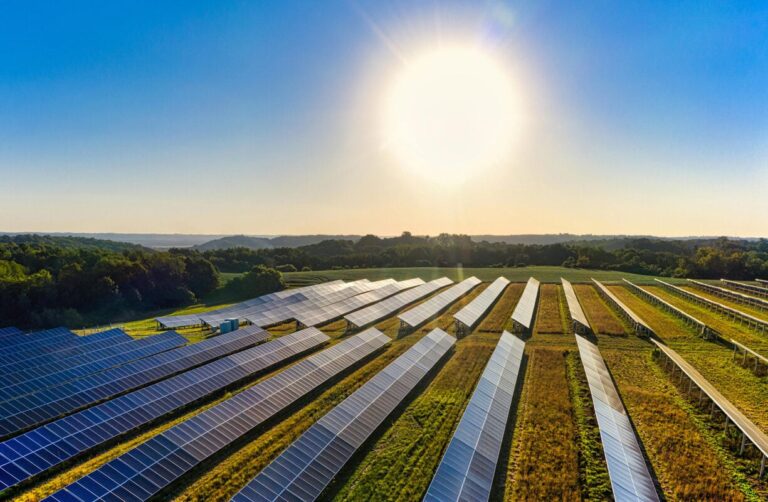The 15MW Walkford Moor Solar Farm project near Walkford Farm in the New Forest has received approval from the district council’s planning committee. The £8.5 million project, which covers a 29.32 hectare (72.45 acre) site on the border of Bransgore and New Milton, was strongly opposed by Bransgore Parish Council and local representatives, who argued that the development would have a negative effect on the development of the area. landscape and agricultural potential.
The project is being developed by sustainable energy, real estate and investment company Boultbee Brooks, with real estate company Savills acting as agent.
Local residents submitted letters of objection, citing concerns such as the impact on house prices in the area, loss of access to the countryside, noise pollution and perceived health risks.
However, the planning committee’s decision was unanimous, with members supporting the project for its potential to contribute to the region’s green energy goals. The solar park will be operational for 40 years, after which the land will be put back into agricultural use. According to the planning document, the site will also include four power stations and a substation, with a specific area remaining undeveloped due to previous archaeological discoveries.
Balance between renewable energy sources and local concerns
The project has faced significant opposition, particularly from Andy Martin, member of Bransgore Parish Council and BCP Council, which represents the Highcliffe and Walkford ward. Martin described the solar farm as “visually obtrusive” and expressed concerns about overdevelopment in the area. He argued that the project was not suitable for the site, citing the long-term visual impact and the potential challenges in returning the land to agricultural use.
The planning permission noted that “…although the proposal would clearly have some impact on the visual amenity of the area, this impact would not change forever, even if it were for a long temporary period (40 years) and fully reversible. .”
Furthermore, the planner emphasized that the solar farm was designed to minimize its impact on high-quality agricultural land. The official also noted that the project would deliver a “significant increase in biodiversity” across the site, thanks to carefully planned landscaping and low-intensity agricultural uses.
Nick Barber, the project’s development manager, highlighted the environmental benefits of the solar farm, saying it would reduce CO2 emissions, equivalent to taking around 2,140 petrol cars off the road every year. In addition, the solar farm is expected to create 70 temporary jobs and five permanent jobs during construction, contributing £2.3 million in business rates over its 40-year lifespan.
In terms of biodiversity, Barber says the project will create 64 hectares of species-rich pasture, 1,226 meters of new native hedgerows and long-term protection of skylark habitat, leading to an expected net gain of 232 percent in biodiversity for habitats and cents net gain in hedges throughout the site, guaranteed by the building permit”.
Green energy in Great Britain
Councilor Malcolm Wade, who proposed the approval, noted: “We must accept the reality that green energy is the future to tackle climate change.”
However, the project brings the thorny topic of community engagement back into sharp focus. Given the objections to this relatively modest project, the objections to the much larger 840MW Botley West development appear to be much more consequential, although as a Nationally Significant Infrastructure Project (NSIP) the project is going through a different consent process. The Botley West project is currently facing local objections and in June it was announced that the project’s planning application would be postponed.
The debate over the role of green energy projects in balancing the conservation of agricultural land and the need for sustainable energy sources continues, as does the issue of biodiversity and the impact of solar farms on the natural environment. It emphasizes the need for educational resources for local communities to obtain balanced information about the real impact of solar farms on local communities, both positive and negative.


